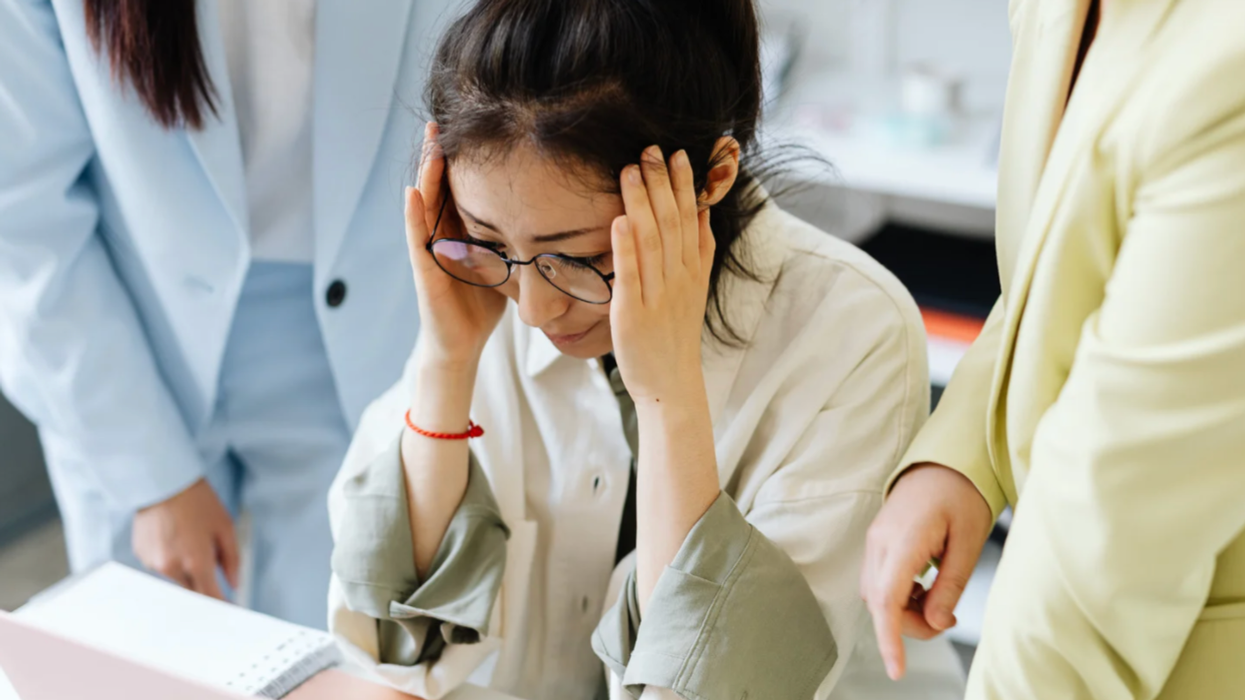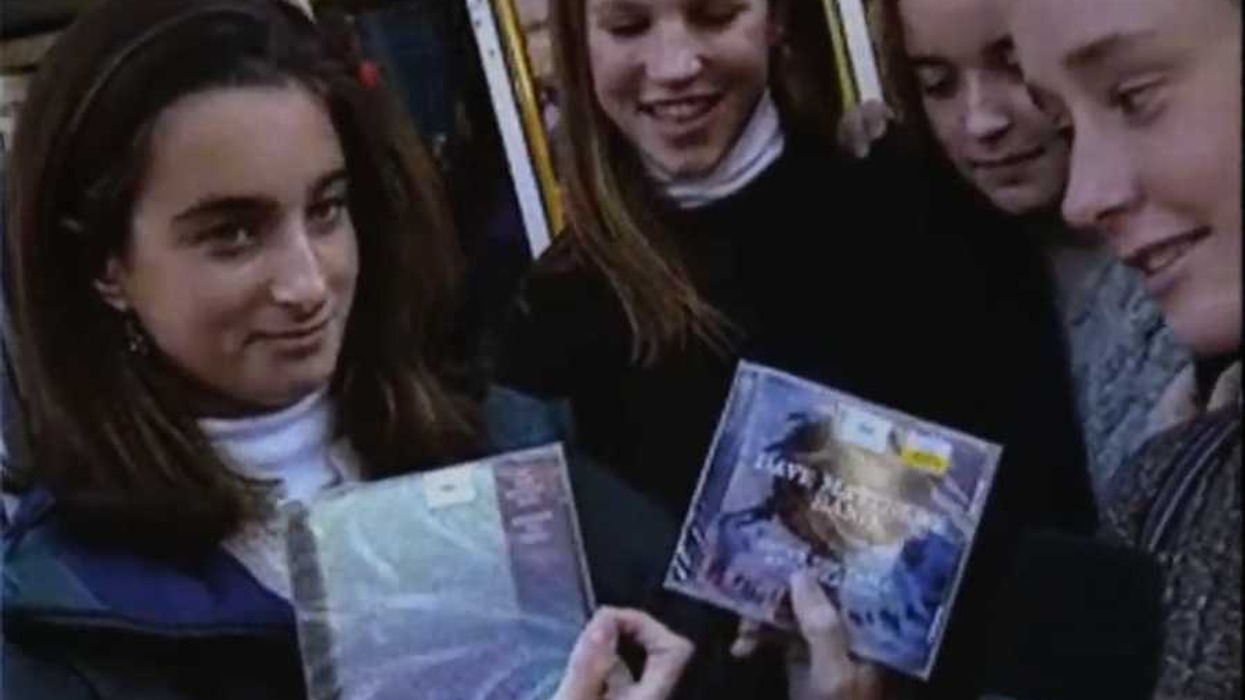This infographic was produced by GOOD with support from H&M
Americans spend billions of dollars on clothing every year. And with each new purchase, season, and fashion trend, space must be found in closets—which usually means the clothes you're tired of are probably headed to the trash. With 13.1 million tons of textiles thrown away in 2010, it's clear that we need to find ways to give old clothes new life, and companies across the world are working to help give customers alternatives to tossing clothes in the trash.
Keeping clothes and textiles out of the landfill has a bigger impact than just offering more clothes at discounted prices in secondhand stores. It takes about 1,500 gallons of water to produce the amount of cotton used in a single pair of jeans—or the equivalent of doing 37 loads of laundry. By turning used textiles into new clothing items, or even products like handbags, washcloths, and home insulation, the water and carbon footprints of fashion production can be reduced. But currently only 20 percent of used clothes and shoes are collected by charities and commercial organizations worldwide, with the rest going to landfill. Take a look at the infographic above to learn more about how you can reuse and recycle your clothing.
Now, you can recycle all your unwanted clothes at any H&M store. Any piece of clothing, from any brand, in any condition is welcome. Learn more here.

















 Image artifacts (diffraction spikes and vertical streaks) appearing in a CCD image of a major solar flare due to the excess incident radiation
Image artifacts (diffraction spikes and vertical streaks) appearing in a CCD image of a major solar flare due to the excess incident radiation

 Ladder leads out of darkness.Photo credit
Ladder leads out of darkness.Photo credit  Woman's reflection in shadow.Photo credit
Woman's reflection in shadow.Photo credit  Young woman frazzled.Photo credit
Young woman frazzled.Photo credit 
 A woman looks out on the waterCanva
A woman looks out on the waterCanva A couple sits in uncomfortable silenceCanva
A couple sits in uncomfortable silenceCanva Gif of woman saying "I won't be bound to any man." via
Gif of woman saying "I won't be bound to any man." via  Woman working late at nightCanva
Woman working late at nightCanva Gif of woman saying "Happy. Independent. Feminine." via
Gif of woman saying "Happy. Independent. Feminine." via 
 Yonaguni Monument, as seen from the south of the formation.
Yonaguni Monument, as seen from the south of the formation. 
